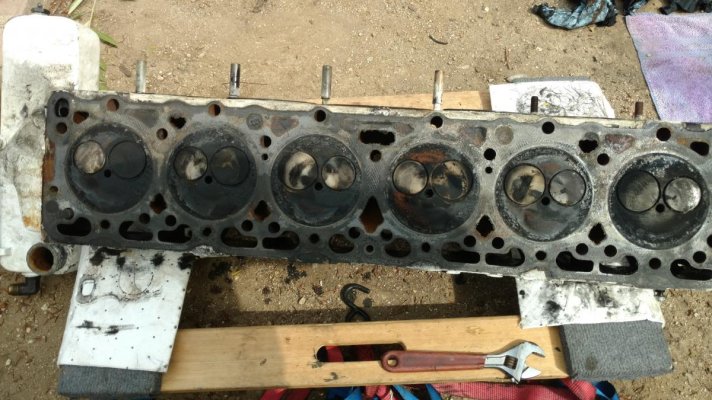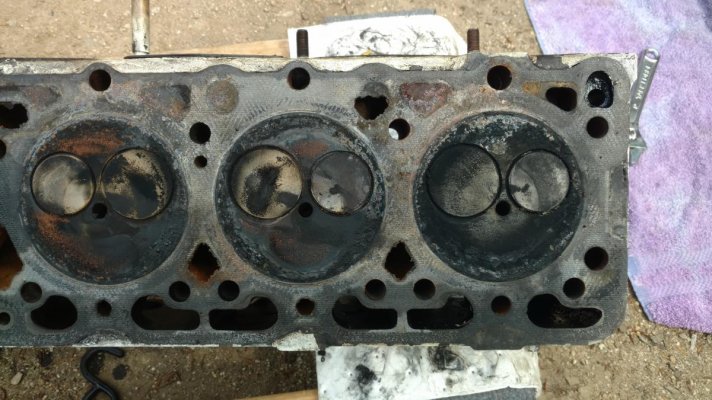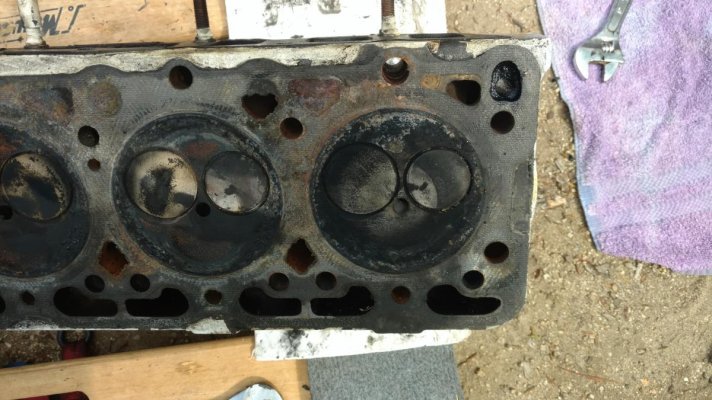Seized engine - FL-120
Mike,
Sorry to hear the engine seized.

With the head off, can you move the crank with a breaker bar in any direction at all ?
Try soaking the rings while the head is off with some solvent & then again to attempt to move crankshaft forward then back several times.
Usually when this happens in a FL diesel it is the piston seized in the cylinder bore. Metal transfer from the piston to the cylinder walls will lock it up solid. Often you do more damage to block when removing the piston when still in the boat.
major internal damage can happen.

Your engine was overhauled not that long ago. Do you have any history or info on that, as to the what happened & how it was repaired, what parts installed, etc.. ?
Does not sound good for this engine. Some guys can bore the block in place, but not that I would recommend that, as to do a proper hone job you have to hone cylinders with a machine like the "
Sunnen CK-10" or the newest one that is now called the "
Sunnen SV-10 " cylinder hone machine to make the bore as close to perfect so it does not happen again. Other wise history may repeat itself.
Let me know if I can help as I am local.
As soon as my wife is better we can pull the FL-120 out of my boat & you can use that good one.

Thanks.
Alfa Mike






